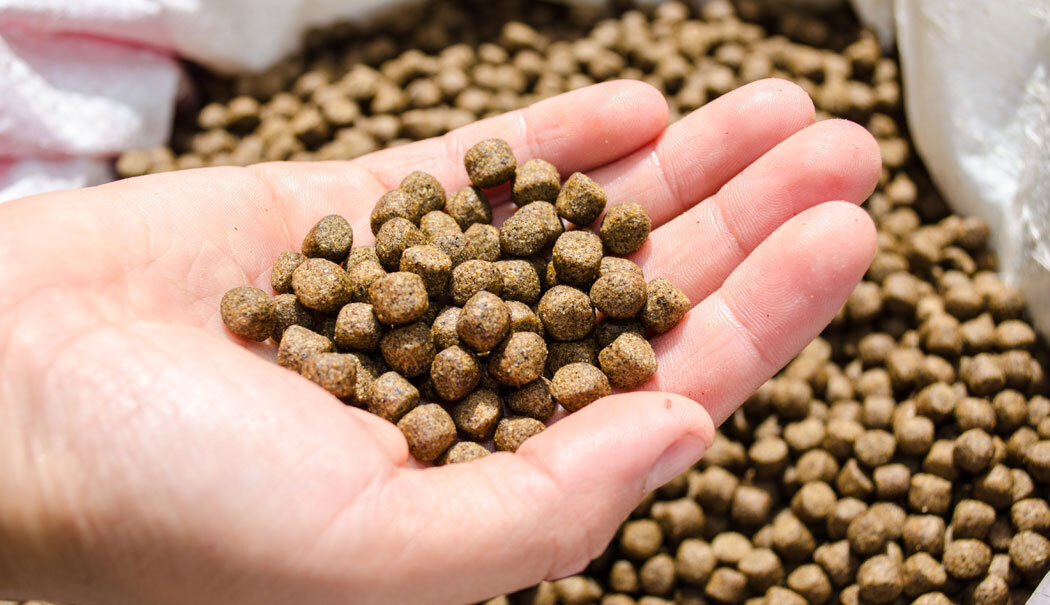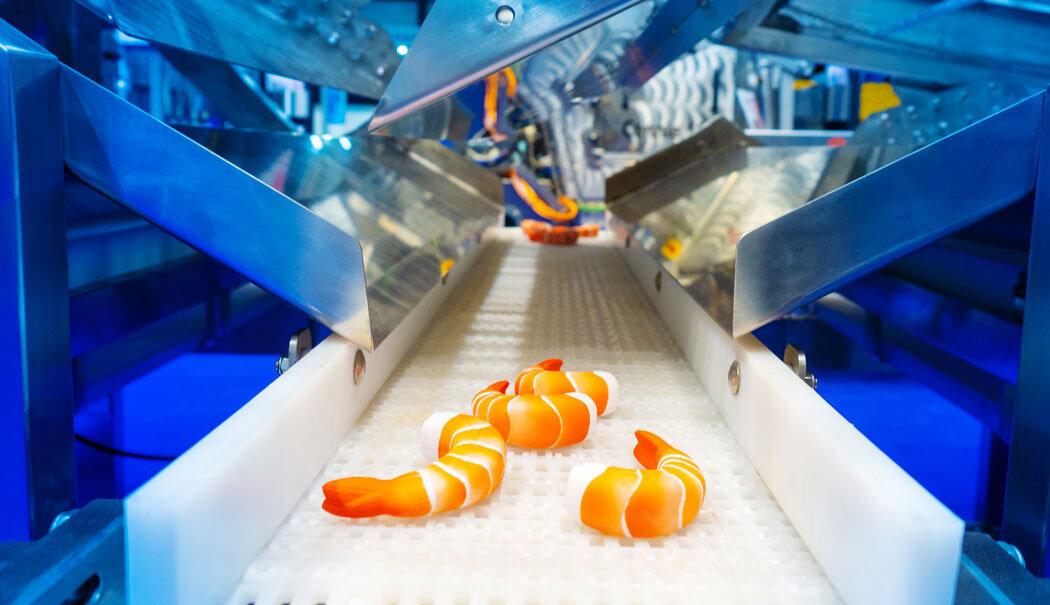
Off-Shore Fish Farming
The offshore fish farming sector, of which salmon is the largest and most advanced contributor, is centred around the coastal waters of Norway, Scotland, Chile and Canada. Atlantic salmon is the largest farmed salmon species and has a lower feed conversion ratio compared to most other animal proteins, including beef, pork and poultry, meaning it is more efficient at converting feed (input) into body weight (output).

Wild Catch
The wild-catch sector encompasses the regulated fishing of wild marine fish stocks and other edible marine species, such as lobsters, shrimp, crab and clams. Wild-catch fishing in most seas of the world is based upon a quota system that gives a ship owner the right to fish a limited volume of a specified species per year. How well the quota system is defined and enforced varies a great deal from region to region and there is a strong correlation between profitability and the strength of the regulatory framework.

Supply Chain
As the international trade of seafood grows, a more co-ordinated and integrated supply chain between local and international markets is evolving. Stricter animal welfare, environmental standards, work-place health and safety, food safety and product traceability regulations are increasing the demand for sophisticated service providers that can deliver complex business functions.

Services & Inputs
The development of ever more sophisticated operating models and equipment is increasing the need for specialised service and input businesses. Examples of outsourced operations include; transport logistics, disease management, fish harvesting and the establishment and maintenance of fish farming sites. Other critical inputs include fish feed, therapeutics and vaccines, which are vital to ensure farmed animals are healthy and productive throughout their lifespan.

Technology & Equipment
The development of world-leading fish farming technology and equipment has been a key growth-enabler for the global aquaculture industry. The development of larger production sites, more sophisticated vessels, highly specialized hardware and equipment, tailor-made Enterprise Resource Planning (ERP) systems and the utilization of Artificial Intelligence (AI) data processing systems have made it possible for the industry to drive productivity improvements and achieve healthy EBITDA margins.

Processing & Value-adding
Processing encompasses the primary processing of fish meat for human consumption and the secondary processing of by-products and wastage into feed and food-grade products and ingredients with a range of applications. The industry is led by well-positioned processing and distribution companies, with new product development and long-standing offtake partnerships with food service companies, retailers and wholesalers.







